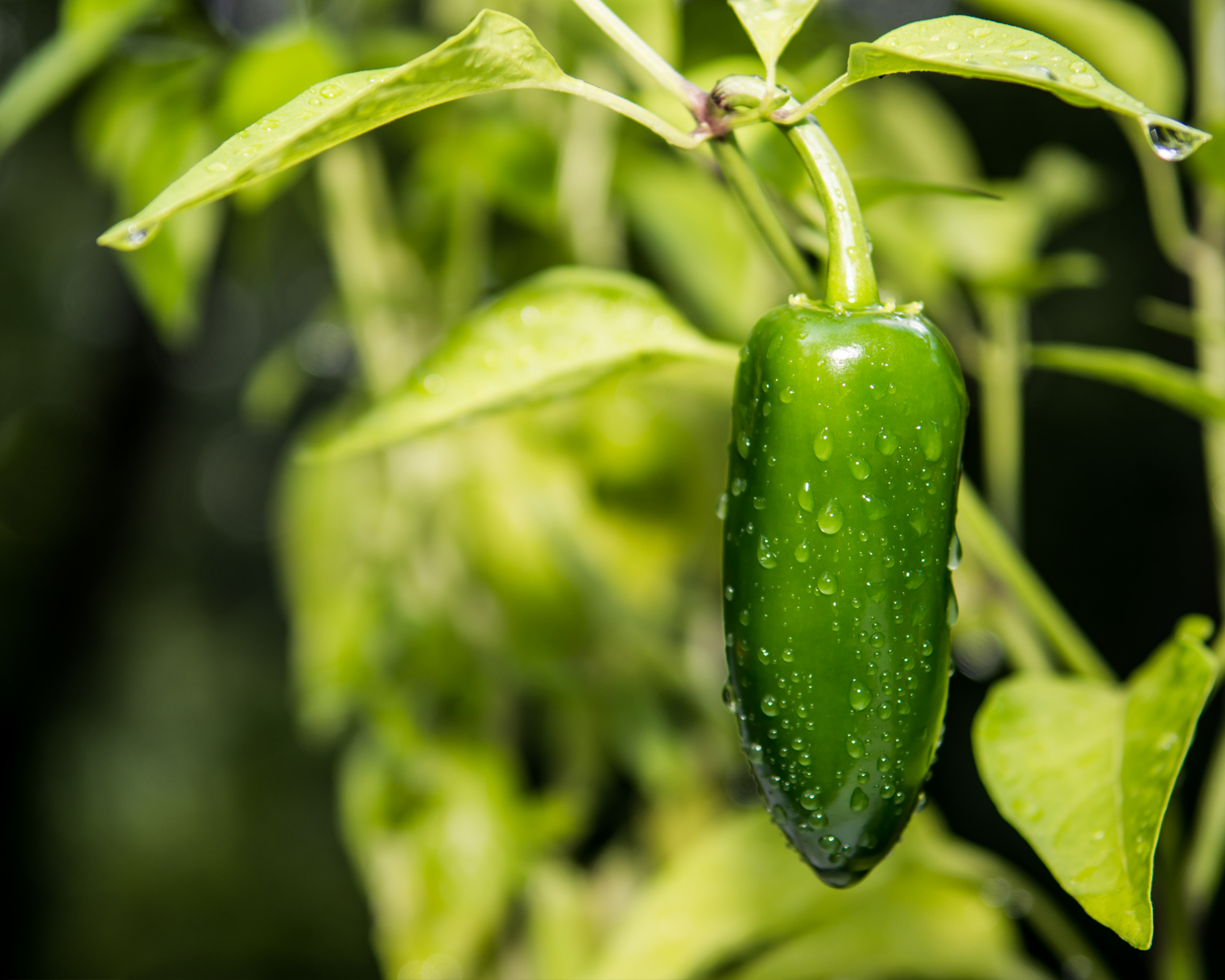How to Overwinter Chilli Plants
Here in the UK it is not commonly known that chilli plants are actually a perennial plant that will fruit for serval years if kept in the right conditions. The benefits from over wintering your chili plants include a longer growing season, chilis earlier in the year and not having to re-sow every season. Plus even if it goes wrong, its a plant that would have ended up on the compost heap anyway so what have you got to loose?
Why should I over-winter chilis in the UK?
Chili and pepper plants have a very long growing season. They take a lot of time, space and energy to grow. Over-wintering them takes this away for the next season and will give you more fruit.
Chili plants should be one of the first seeds you sow indoors in early February. They need to be geminated indoors and then kept in a greenhouse throughout the summer months, not fruiting until late summer, even early autumn in the UK and similar climates. For me waiting 5-6 weeks chili plants take to germinate indoors takes up a lot of room when I have limited indoor space with enough light. By overwinterng my existing chili plants however this frees up a lot of that space for other crops. The overwintered plants can stay out in the greenhouse which in early spring is not being used as much.
Chili plants also take a long time to mature and start baring fruits, but if you overwinter them and start the season with an already healthy and mature plant they will start baring fruit much earlier and for a much longer period.
Do you need a heated greenhouse to over winter chili plants?
In the south of the UK it doesn’t often drop much below freezing so chili plants should survive well in a greenhouse.
If you live in an area where the temperature drops often drops below freezing it is best to bring chili plants indoors over winter or leave them in a heated greenhouse.
Steps to prepare your chili plants for winter
Choose the right plants: Look for signs of disease, pests or stress. Only the healthy of plants should be used to over winter, giving them the best chance of survival.
Prune and trim: Remove all the fruit from the chili plant then prune all foliage and stems back to where you see a node (See the below video for an example). This will ensure the plant puts all of it’s energy into its roots and not producing more fruit over the winter. This will also keep them at a manageable size for you and stop them from getting too leggy when they start putting on new growth next season. Also ensure you have removed any unhealthy growth.
Repot: Repot with some fresh compost if they are already in containers. You do not need to put into a much large pot, to keep it’s roots dormant over winter. You can then repot them into a big container if necessary, come spring.
If your chili plants are currently in the ground, carefully dig them up, trying not to damage the root system and pot them up into a container.
Place in a warm spot: This could be a green house or a window sill indoor. The plant will need to be protected from frost.
Watering: Try not to water too much, every two weeks should be more than enough. Monitor the plant to make sure it is moist and not damp.
Pest and diseases: Carefully inspect for pests. You don’t want to bring any unwanted friends indoors.
The best chili varities to over winter in the UK
Hungarian Hot Wax Chili (Capsicim annuum): Hot Wax pepper despite their name are a milder chili and can tolerate cooler temperatures. They grow well in containers so can easy to move indoors or into greenhouses.
These are my personal favourite for overwintering and the ones I am currently preparing for winter. It’s not such a hot chili and is best sliced and eaten fresh, like on pizzas or sprinkled on top curries. Because they are best eaten fresh I want to over winter them to produce fruit for a longer period throughout the summer. For other varieties, I don’t mind them giving me one big harvest at the end of the season because I will freeze them and use them in cooking when needed.
Jalapeno (Capsicum annuum): Jalapeno is one of the most cold-tolerant chili plants and should survive the winter well. I also like to eat jalapenos fresh for the same reasons as the hot wax so make a good choice for overwintering.
Fresno Pepper (Capsicum annuum): Fresnos are similar to jalapeños in terms of heat and are moderately cold-resistant. They can handle cooler temperatures better than some other chili peppers.
Numex Big Jim (Capsicum annuum): This mild to moderately hot chili variety is more cold-tolerant and can be grown in cooler climates with proper care. It's a larger chili suitable for stuffing or roasting which is why these are good fresh and having a long growing season is again a benefit.
NuMex Twilight (Capsicum annuum): NuMex Twilight is a compact and ornamental chili that can be grown in cooler climates, as long as it's protected from frost so will be safe in a greenhouse over winter in the UK or other cooler climates.
Fish Pepper (Capsicum annuum): Fish peppers have a unique variegated foliage and are moderately hot. They are more cold-tolerant and can be grown in cooler regions.
Apache (Capsicum annuum): Apache chili plants are compact and well-suited for UK conditions. They produce small, hot peppers and are easy to manage indoors during the winter.
Ring of Fire (Capsicum annuum): Ring of Fire chili plants are known for their heat and are well-adapted to the UK climate. They can be grown in pots and brought indoors for overwintering.
Padrón (Capsicum annuum): Padrón peppers are a Spanish variety that is well-suited for cooler climates. They are known for their mild to moderate heat and are often used for frying.
Bulgarian Carrot (Capsicum annuum): Bulgarian Carrot chili plants produce moderately hot peppers and are suitable for the UK climate. They can be overwintered indoors.
Basket of Fire (Capsicum annuum): This variety is specifically bred for container gardening so is easy to move indoors or be grown in the greenhouse.
Tabasco Pepper (Capsicum frutescens): Tabasco pepper plants are small and can be grown quite happily in pots. They are known for their spicy fruit and are a good choice for overwintering.
Common challenges and troubleshooting when overwintering chili plants.
The stem may die back
Don’t worry about the plant losing all its leaves or even if the stem starts to die back. This is quite natural. Just prune back to where the stem has died back to and it will get new growth from this point in the spring.
Pests
Chili plants can still attract pests even when indoors such as aphids, spider mites or whiteflies. If you notice any infestations use organic methods such as beneficial nematodes, neem oil or a gentle soap. Isolate any infected plants to ensure the pests do not spread.
Disease issues
Fungal diseases like powdery mildew can occur in winter if the plant is too damp. To prevent this, make sure you do not overwater, ensure the plant gets good air circulation, and that the plants are not too overcrowded. If you notice any symptoms of disease prune off infected leaves straight away so it does not spread.
Insufficient light
If growing indoors try to choose a spot where the chili plants will get as much light as possible. In greenhouses clean the windows to ensure the maximum amount of light. Insufficient light could mean they get leggy and weak growth. If this is the case prune them back again to encourage bushier growth and rotate to ensure the growth isn’t one-sided.



